
In the 1960s, decades before flex hours, family leave, or onsite daycare, Dame Stephanie Shirley recognized both a lack of professional opportunities for women raising and supporting families and an underrepresentation of women in the computing industry. In 1962 she decided to do something about it. Shirley founded Freelance Programmers, a UK company that trained and offered women who had left the workforce gainful employment as programmers. The company grew quickly and, by 1975, employed 300 programmers—297 of them women. The company was created by a woman for women.
On April 28, 2018, Dame Stephanie Shirley, with fellow honorees Guido van Rossum and Dov Frohman-Bentchkowsky, will be inducted in the Computer History Museum’s prestigious Hall of Fellows.
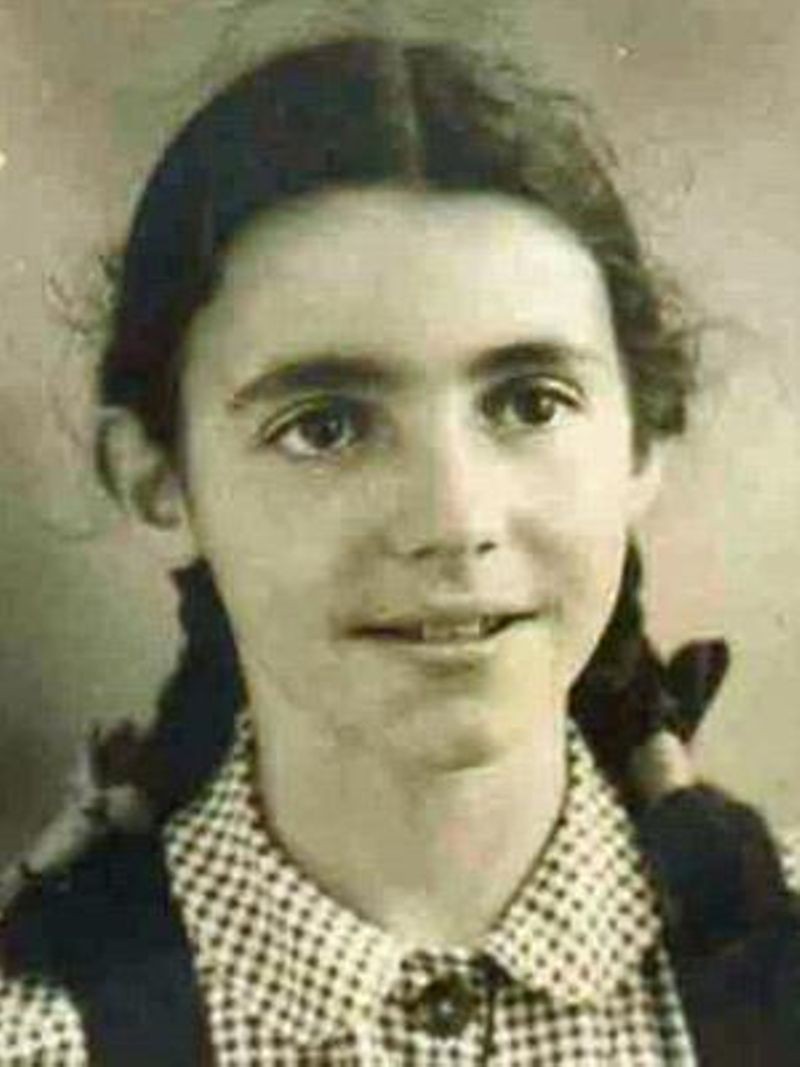
Vera Buchtal, a.k.a Stephanie Shirley, ca. 1940
Just weeks before the start of the Second World War, two young Austrian Jewish girls were put on a train and sent to England for safety. They were part of a larger effort, known as the Kindertransport, which ultimately saved thousands of children from Hitler’s concentration camps by getting them out of Germany before the looming war began. The two girls, originally surnamed Buchtal and soon renamed Renate and Stephanie Brook, arrived at Liverpool Street station at ages 9 and 5 respectively and spent the war in the English countryside under the care of a middle class couple, Guy and Ruby Smith. Although she would only mention it explicitly later in her life, her experience as a refugee made her feel very lucky to have been saved.
A lonely but stable childhood was passed by reading and studying mathematics at the local boys’ school, as math wasn’t a subject taught at her (girls’) school. After very hard work and a great deal of emotional turmoil relating to her parents, Brook graduated from a four-year college with a bachelor’s in mathematics. She applied to the Post Office Research Station at Dollis Hill, probably the summit of electrical and communications engineering in the UK at the time. It was at Dollis Hill that engineer Tommy Flowers had designed the Colossus family of code breaking machines (1943) and, while few knew the details of his wartime work, he was greatly respected and admired. Shirley worked in a different part of the building but would one day meet her future husband there, Derek Shirley.
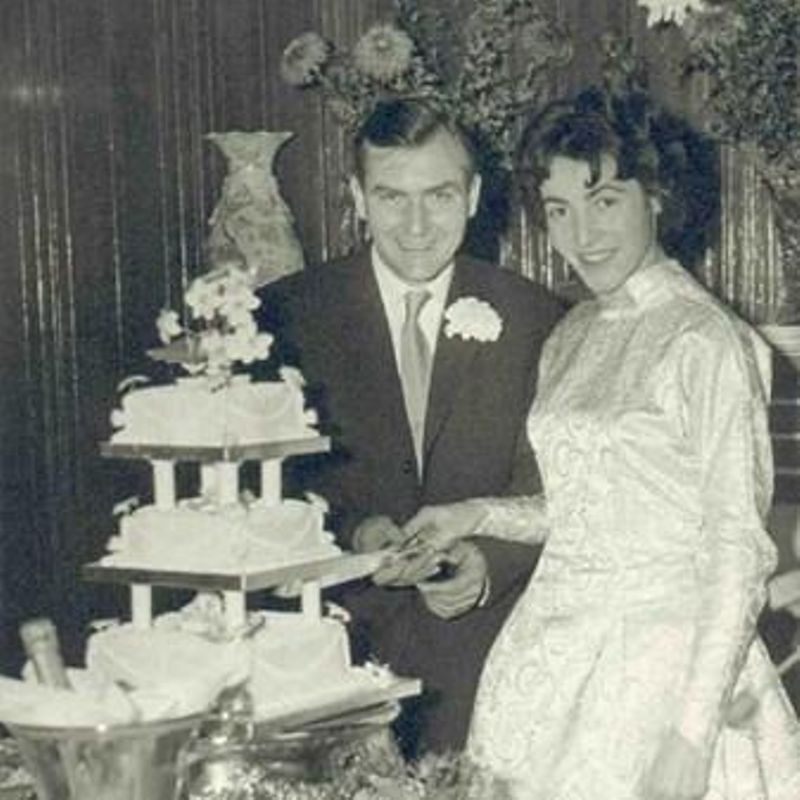
Mr. and Mrs. Derek and Stephanie Shirley
While Shirley’s mathematical skills were appreciated and in demand, she encountered the infamous glass ceiling when she attempted to apply for a promotion. She was explicitly told not to apply because of her gender. Shirley recalls the atmosphere at Dollis Hill:
It was this limiting atmosphere that caused her to resign and take up another job with GEC, a computer maker. There she came into her own as a programmer, but GEC, as well, saw only her gender and limited her opportunities for advancement or making meaningful contributions. It was at this point that Stephanie “had an idea.”
Still only 29, her brainstorm was to start a company of women, for women, to capitalize on the large untapped labor pool of women programmers who had had to leave the job market, giving up their careers, to look after their families at home. But starting a company was new territory for Shirley. She sums up some of her early challenges:
In spite of this bleak prognosis, Shirley started her company at her kitchen table and worked hard drumming up business, initially relying on personal contacts for work.
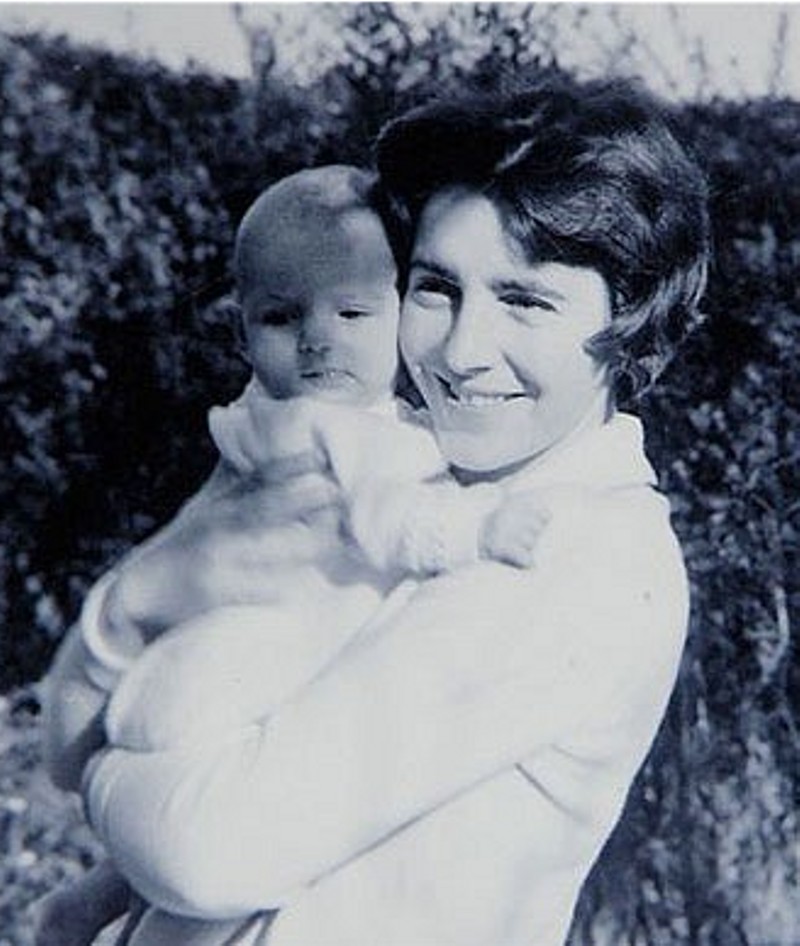
Stephanie Shirley and her son Giles, at 3 months.
In 1964, Derek and Stephanie had a boy, Giles, who was profoundly autistic and for the rest of their lives, the couple would devote unending patience and caring for him. Derek even retired early to look after him. From this point on, the business, called F International, would occupy most of Stephanie’s time, while any off time was spent with Giles. It was a grueling life and both parents struggled to make sense of Giles’ destructive behavior and rages. “The depressing thing was that no matter how hard we worked, things never got better.”
Throughout the 1960s and 1970s, F International gradually became profitable. One of Shirley’s proudest accomplishments was creating an employee stock ownership plan in which F’s caring, home-based, female-friendly corporate structure could flourish even more. Through a series of mergers and acquisitions, and a public flotation of their stock, Shirley became very wealthy as did quite a few of F’s early employees, who became instant millionaires. She decided, as she left the company in the early 1980s, to spend the rest of her life supporting important causes, chief among which was information technology and autism, in memory of Giles who had passed away of a seizure in his sleep.
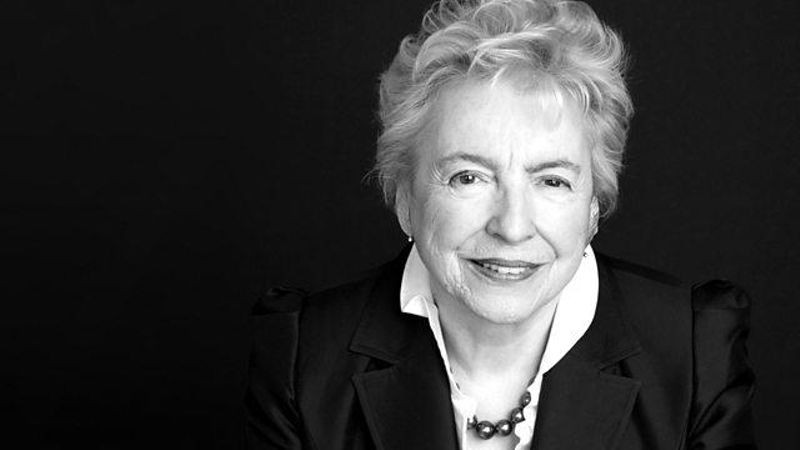
The story of Dame Stephanie Shirley is unique in history.3 At a time when women were viewed as objects incapable of serious work, Shirley left the glass ceiling behind and built not just a company but a way of life for her employees. She then selflessly gave of the fruits of that novel and groundbreaking company to help those less fortunate. She pioneered a new way of working,
The story of Dame Stephanie Shirley is unique in history.3 At a time when women were viewed as objects incapable of serious work, Shirley left the glass ceiling behind and built not just a company but a way of life for her employees. She then selflessly gave of the fruits of that novel and groundbreaking company to help those less fortunate. She pioneered a new way of working, for men and women, believing that people, not money, were the most important thing in life.
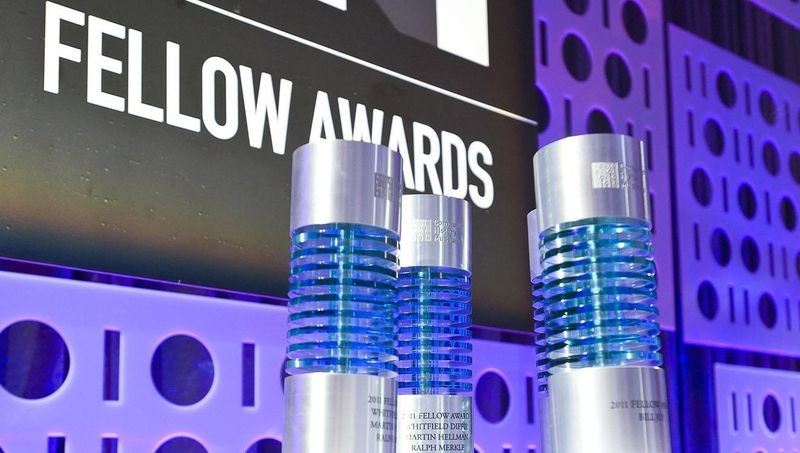
Since its inception in 1987, when the Museum inducted its first Fellow, computer scientist and US Navy Rear Admiral Grace Hopper, the Fellow Awards at the Computer History Museum have honored distinguished individuals and pioneering teams whose contributions have forever transformed our world. Backed by technology leaders, innovators, and visionaries from around world, the Fellow Awards are a time-honored tradition that celebrate the creative spirit and preserve the stories of each honoree, advancing the world’s collective history and inspiring future generations.
Fellow nominations are open to the public and reflect a diverse range of viewpoints and areas of computing. Final selections are made by a panel of historians, researchers, industry leaders, Museum staff and past Fellows. Learn more about the Fellow Awards.